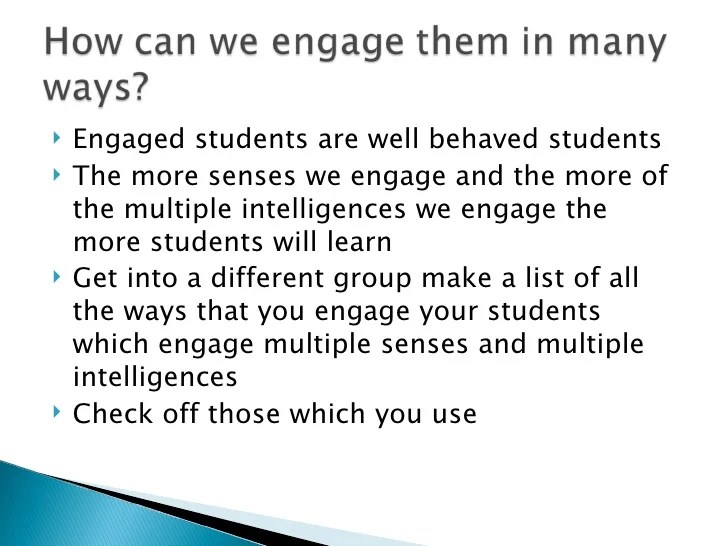High Incidence Disability Definition
High Incidence Disability Definition. It is characterized by difficulties with accurate and/or fluent word recognition and by poor spelling and decoding abilities. 104)the three areas that fall under the title of a high incidence disabilities are learning disabilities, mild.

Specific learning problems affect approximately 36% of the students with disabilities serviced under idea. These difficulties typically result from a deficit in the phonological component of language that is often unexpected in relation. A high incidence disability is a disability that is common among the students' population.
A High Incidence Disability Is A Disability That Is Common Among The Students' Population.
This group typically includes students with emotional and/or behavioral disorders (e/bd), learning disabilities (ld), and mild intellectual disability (mid). Differences between students with high incidence disabilities and teachers may be even more pronounced because males, students of color, and students from lower socioeconomic status backgrounds are currently overrepresented in special education categories, while the majority of teachers are white european americans from middle class backgrounds. Disability/disabled means because of injury or sickness you are unable to perform the material duties of your regular occupation, or are receiving disability benefits under the employer's plan, during the initial 9 months of disability.
3 Common Factors That Fall Under Incidence Disability Are Intellectual Disability, Learning Disability, And Emotional/Behavioral Disorder.
Disability categories under idea in order to receive funds under part b of idea 2004, free and appropriate public education (fape) is provided to children within the following disability categories. Students who receive special education services for learning disabilities, emotional and behavioral disabilities, and/or mild mental retardation are considered to have high incidence disabilities because of the large numbers of students who receive these labels. In this section, the term “low incidence disability” means—.
High Incidence Disabilities Are Mild Disabilities That Affect Most Of The Special Education Students In Schools Today.
Physical and sensory needs (that affect educational opportunities) High incidence disability is a mild disability that triggers special education students in schools. Click to see full answer.
This Group Typically Includes Students With Emotional And/Or Behavioral Disorders (E/Bd), Learning Disabilities (Ld), And Mild Intellectual Disability (Mid).
“approximately 36 percent of all students with disabilities served under idea have specific learning disabilities.” (turnbull, turnbull, wehmeyer & shogren, 2016 p. Specific learning problems affect approximately 36% of the students with disabilities serviced under idea. For the quantitatively inclined, the best way to summarize is:
Dyslexia Is A Specific Learning Disability That Is Neurobiological In Origin.
This group typically includes students with emotional and/or behavioral disorders (e/bd), learning disabilities (ld), and mild intellectual disability (mid). (b) a significant cognitive impairment; 42,” referring to the definition of disability contained in the ada.
Post a Comment for "High Incidence Disability Definition"